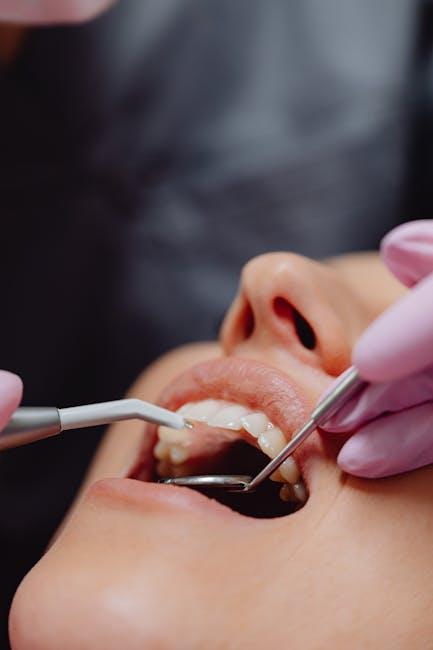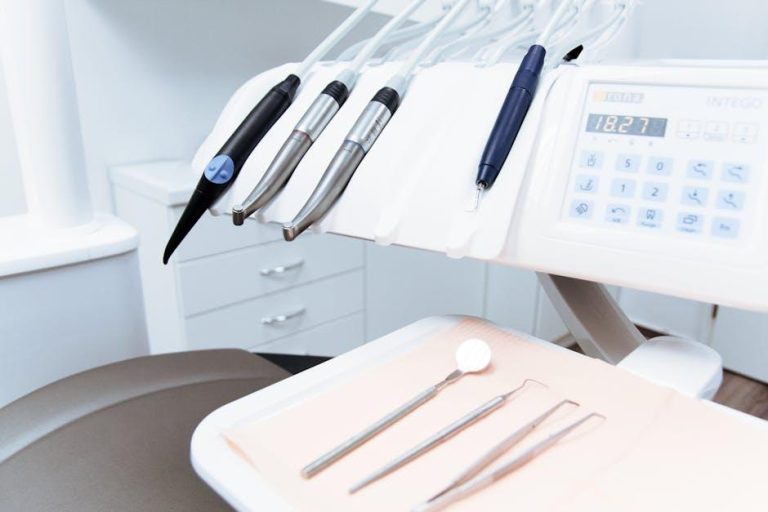
Perceptive Completes World’s First Fully Automated Dental Procedure on a Human Using AI-Driven Robotic System
In a groundbreaking development within healthcare technology, Perceptive has successfully completed the world’s first fully automated dental procedure on a human, utilizing a sophisticated AI-driven robotic system. This milestone heralds a new era in dentistry, combining artificial intelligence, robotics, and precision engineering to revolutionize patient care, procedure accuracy, and efficiency.
Introduction to Perceptive’s Breakthrough
Perceptive, a leader in AI and robotic innovations for medical applications, has achieved a monumental feat by performing a fully autonomous dental procedure without any human manipulation during the operation. This innovation is not just a technical triumph but a promising glimpse into the future of dental care where human error can be drastically minimized, and treatment outcomes significantly improved.
What Is the AI-Driven Robotic Dental System?
The AI-driven robotic system developed by Perceptive integrates state-of-the-art technologies:
- Artificial Intelligence: Advanced machine learning algorithms analyze patient data in real-time and guide the procedure for optimal results.
- Robotic Precision: High-precision robotic arms perform delicate dental tasks with incredible accuracy beyond human capabilities.
- 3D Imaging & Diagnostics: Real-time 3D imaging helps the system map the oral cavity and adapt to nuances instantly.
- Automated Decision-Making: The procedure decisions and tools adjustments happen autonomously based on the AI’s interpretation of the adaptive environment.
Details of the First Fully Automated Dental Procedure
The pioneering procedure involved a complex dental restoration, which required precision drilling, cavity cleaning, and accurate filling placement—all conducted without human intervention once initiated. Key highlights include:
- Preparation time reduced by over 30% compared to manual procedures.
- Zero human error reported during the automated operation.
- Enhanced patient comfort due to precise robotic control minimizing tissue trauma.
Step-by-Step Process Overview
| Step | Action | Technology Used | Outcome |
|---|---|---|---|
| 1 | Patient data acquisition | 3D intraoral scanning and AI analysis | Accurate mapping of oral structure |
| 2 | Procedure planning | AI decision algorithms & simulation | Optimized surgical path and tool usage |
| 3 | Execution of dental task | Robotic arm with precision instruments | Flawless execution of drilling and restoration |
| 4 | Real-time monitoring & adjustment | AI feedback loop & sensors | Adaptive control ensuring safety and accuracy |
| 5 | Procedure completion & data recording | Automated report generation | Comprehensive documentation for follow-up |
Benefits of AI-Driven Fully Automated Dental Procedures
This revolutionary approach offers numerous advantages to both patients and dental professionals:
- Unmatched Precision and Accuracy: Robotic systems reduce human-induced variability, elevating procedural quality.
- Improved Patient Safety: AI continually monitors performance, dynamically adjusting to prevent mistakes.
- Reduced Treatment Time: Automation streamlines workflow, cutting down overall procedure duration.
- Enhanced Access to Care: Potential to bring expert dental care to underserved locations through remote robotic operation.
- Data-Driven Outcomes: Continuous data capture enables improved diagnostics and personalized care plans.
Case Study: The First Patient’s Experience
The patient, who volunteered for this groundbreaking procedure, reported a comfortable and pain-free experience. Thanks to the robotic system’s steady precision, the patient experienced:
- Minimal post-procedure discomfort
- Fast healing due to reduced tissue trauma
- High confidence in the outcome with clear procedural transparency
Medical teams on site emphasized the AI system’s seamless coordination, highlighting its potential to support dentists by handling routine or complex steps independently, freeing professionals to focus on patient care.
Practical Tips for Dental Practices Considering AI and Robotics
As AI-driven dental robotics gain momentum, dental professionals eager to embrace this technology should keep the following in mind:
- Invest in Training: Ensure your dental team is trained to work alongside robotics for maximum safety and efficiency.
- Stay Updated: Follow emerging industry standards and regulatory guidelines on AI use in dentistry.
- Focus on Integration: Seamlessly combine AI tools with existing dental workflows for smooth transitions.
- Prioritize Patient Education: Inform patients about the benefits and safety measures of robotic dental treatment options.
The Future of Dentistry: A Look Ahead
Perceptive’s success marks just the beginning of AI’s burgeoning role in dental healthcare. Future developments could include:
- Fully autonomous orthodontic adjustments
- AI-powered early detection of oral diseases with robotic biopsies
- Personalized dental prosthetics fabricated and fitted by robots
- Remote and mobile robotic dental clinics expanding care access globally
As research and technology evolve, dental offices will likely transform dramatically, combining human expertise with AI’s unparalleled precision and efficiency.
Conclusion
The completion of the world’s first fully automated dental procedure by Perceptive’s AI-driven robotic system is a landmark achievement that challenges and redefines the boundaries of dental medicine. This innovative technology not only promises to improve patient outcomes and treatment experiences but also paves the way for smarter, safer, and more accessible dental care worldwide. Dental professionals and patients alike stand to benefit immensely as AI and robotics continue entwining to create a smarter future for oral health.
Stay tuned for further advancements from Perceptive and other pioneers as they continue revolutionizing dentistry with cutting-edge AI-driven solutions.


